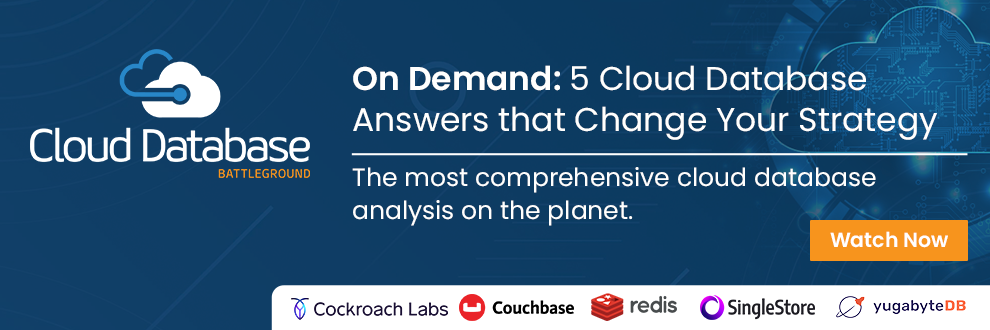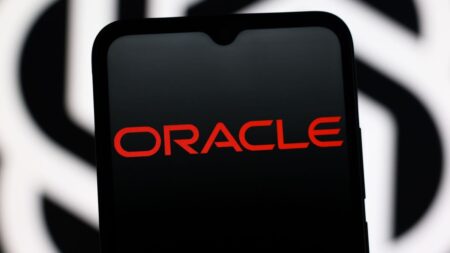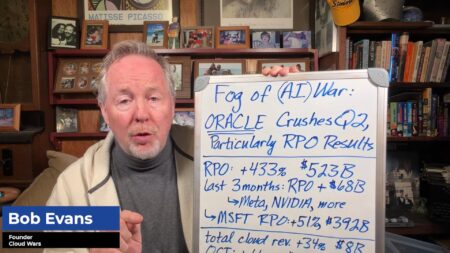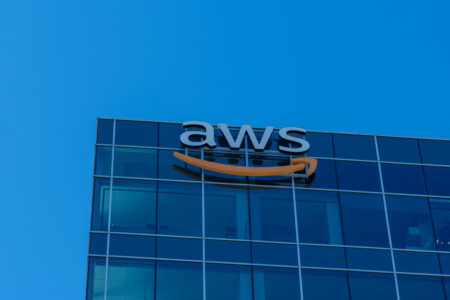
Big data and managing that data is bringing big cloud players to the table. And we’re not talking about just any big cloud player – we are talking about Google Cloud jumping out in front with its recently announced Google Cloud BigLake.
My colleague Bob Evans, Founder of Cloud Wars, shared in a recent Cloud Wars Minute that “Google Cloud’s position is now one of no limits, as explained at their data cloud Summit. They are promising limitless innovation, limitless data, limitless reach, scale, and workloads. They put together a lot of new product announcements to try to pull this all together.“
But what does this mean from a practical perspective for those trying to wrangle the data from disparate locations?

In this episode, I’m joined by Pablo Moreno, data scientist, AI expert, Acceleration Economy Analyst, and host of the Data Revolution Channel. We’ll dive into what Google BigLake is, what it means in the “big data” world, and much more
Highlights
00:07 — Google Cloud released its BigLake solution to help people harness data from various locations in this hybrid or multi-cloud world.
01:27 — Pablo considers BigLake as a disruptive idea. It’s a common platform solution to connect every data source, domain, warehouse, and more regardless of the brand or technology. With everything going digital, the idea of having one vendor to provide every solution seems unfeasible, as every cloud, department, and technology has its own needs and focus.
03:41 — Massive data and multi-clouds present some struggles for users. For instance, people could be trying to manage data stored in one place with one type of infrastructure, then go to another cloud database that has a different structure and different purposes. The challenge to overcome here is bringing all of these together and making sense of them.
04:19 — The BigLake toolset enables access to harness the controls on a singular platform and then apply governance on top of that. The key to success with business intelligence tools includes being able to source and unify data from different locations.
07:04 — The solution breaks down the barriers to allow users to bring any data source in, including open data formats. It also enables users to leverage BigQuery as well as have acceleration of performance.
07:44 — How big is big data? In terms of what Google is bringing to the table with BigLake and BigQuery, there are massive volumes of data. So, large companies need to have a platform to harness these large amounts of data.
09:26 — The size of the company is not the only factor that can play into the size of the data. It also depends on who you are and what you do. Big data is just relative to organizational needs.
11:01 — Google Cloud is leveraging its Dataplex component. It’s managing, monitoring, and governing data across these multiple data lakes. So, not only is Google providing the place for data, but it’s also providing the tools to help you manage and govern the data.
11:58 — Having access to such a variety of data from different angles through a common platform requires a certain level of governance and understanding. IT professionals and users need to be aware of what’s happening, their capabilities with that data, and the capabilities of the data.
12:51 — You need to be relocated with security, have enhanced education, and analytical techniques. Further, users need to be educated on ethics and compliance.
13:52 — Google Cloud announced its Data Cloud Alliance. Its core goal is its commitment to solving the skills gap for skills development for practitioners in modern data and analytics. Another core principle is its commitment to reducing complexity challenges with data governance, privacy, and loss prevention as well as global compliance.
15:07 — This level of commitment provides an ethical principle foundation through collaborating with other companies.







